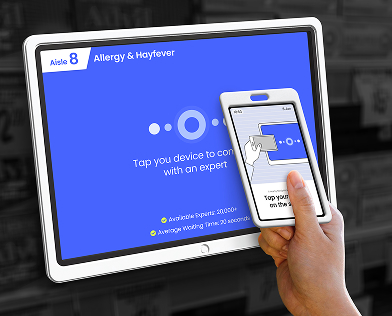This project aimed to enhance the shopping experience for international students in Melbourne, a rapidly growing community facing unique challenges. Pharmacy shopping, in particular, emerged as a key pain point due to language barriers and unfamiliar healthcare systems. We focused on Chemist Warehouse, the most widely accessible pharmacy chain for students in Melbourne. Our team conducted research part as a group of four, but from the design proposal, it was developed as a solo project.


















